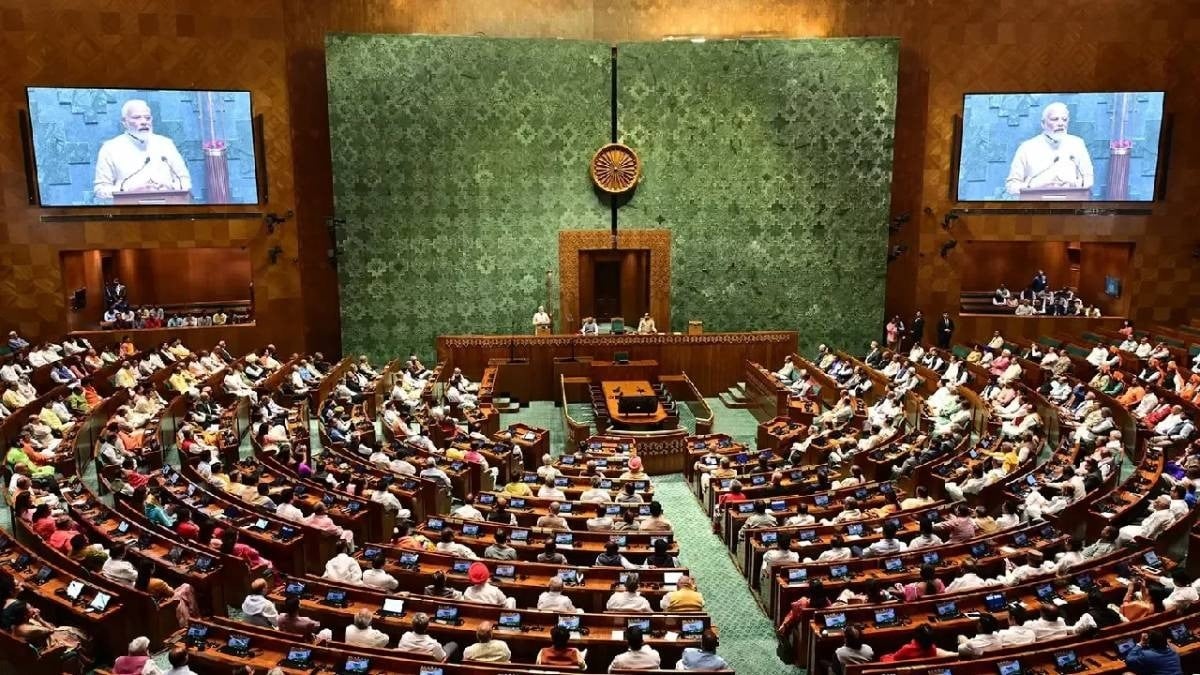Deep fake technology has become a transformative force in how we engage with digital media, leveraging artificial intelligence (AI) to create hyper-realistic audio, images, and videos. This technology has raised critical ethical concerns and potential dangers impacting various sectors, including media, politics, and public discourse. This article examines the intricacies of deep fake technology, its ethical implications, societal consequences, and what the future may hold.
Understanding the Mechanisms Behind Deep Fake Technology
At its core, deep fake technology employs generative adversarial networks (GANs), consisting of two primary elements: the generator and the discriminator. The generator creates synthetic media, while the discriminator’s task is to differentiate between authentic and fake content. This symbiotic relationship allows both components to learn from each other, resulting in increasingly sophisticated and convincing outputs.
The process begins with vast quantities of data—often thousands of images or videos of a specific target—fed into the GANs. The generator uses this dataset to produce new media, closely resembling the originals. Following this, the discriminator evaluates the generated content, providing essential feedback that allows the generator to refine its outputs. Over multiple iterations, the quality of the deep fake material improves, often rendering it indistinguishable from authentic media.
Ethical Considerations Surrounding Deep Fake Technology
The proliferation of deep fake technology has sparked significant ethical debates. One of the most troubling aspects is its potential for malicious applications. The ability to create believable misinformation can manipulate public opinion, support blackmail, and even disrupt personal privacy. The accessibility of deep fake creation tools poses a threat to societal trust, making vigilance essential in discerning reality from fabrication.
Additionally, deep fakes can violate intellectual property rights, enabling the unauthorized manipulation of copyrighted content. This raises crucial questions regarding ownership and control over digital media in an age where creation tools are readily available. The emergence of non-consensual deep fake pornography further complicates issues surrounding consent and personal safety, adding urgency to discussions about ethical frameworks and legal protections.
Societal Impacts of Deep Fake Technology
The ramifications of deep fake technology extend to the very fabric of society. By distorting reality and skewing information, it poses a threat to the integrity of public discourse. The potential for misinformation not only complicates public discussions but can also undermine democratic processes, as citizens struggle to discern credible sources from deceitful ones.
Consequences can extend beyond mere misinformation, affecting individuals and organizations on multiple levels. Threats include reputational harm, political unrest, and financial fraud, underscoring the necessity for robust detection mechanisms and comprehensive legal frameworks to counteract these challenges.
The Media Industry’s Response to Deep Fake Technology
The media landscape has been profoundly influenced by deep fake technology. While it presents new creative opportunities for filmmakers and artists, it simultaneously raises important concerns over media authenticity. The credibility of news outlets is jeopardized as discerning fact from fabrication becomes increasingly challenging.
The democratization of this technology means that individuals with nefarious intentions can distort media content to fuel personal agendas. Journalists, once seen as gatekeepers of truth, must adapt to ensure their integrity amidst the rise of deep fakes, leading to a pressing need for strategies to maintain credibility in reporting.
Dangers Posed by Deep Fake Technology
The dangers associated with deep fake technology extend well beyond misinformation. It has the potential to incite social unrest, deepen political divides, and exacerbate societal issues. Manipulative content can provoke violence, diminish trust in institutions, and breed discord within communities.
Moreover, the psychological ramifications cannot be overlooked. The realization that perceived truths may be fabrications can elicit emotional distress, confusion, and anxiety. Such a reality undermines the very foundation of trust in digital interactions.
Detection and Mitigation Strategies for Deep Fake Content
As the threat landscape broadens, effective strategies to detect and mitigate deep fake content have become paramount. Researchers and technologists are employing various techniques, including forensic analysis, machine learning algorithms, and blockchain technology, to identify artificial media.
A collaborative approach involving tech companies, governmental bodies, and civil society is essential for developing robust detection methodologies and promoting responsible use of deep fake technology. Additionally, increasing public awareness about deep fakes’ existence and potential dangers is crucial in minimizing their societal impacts.
Future Trajectory of Deep Fake Technology
The future of deep fake technology remains uncertain but is filled with possibilities. While legitimate concerns regarding its potential for harm exist, the technology can also enhance entertainment, education, and virtual reality experiences. As technology advances, the capabilities of deep fakes will evolve, necessitating a balance between innovation and ethical oversight.
Regulatory measures, ethical guidelines, and technological advancements will be vital in shaping the trajectory of deep fake technology. Continuous research and development are essential to proactively address emerging challenges and maintain societal resilience.
Implications for Politics and Public Discourse
Deep fake technology profoundly influences politics and public discourse. The capacity to manipulate political speeches, alter candidate expressions, or fabricate interviews jeopardizes the integrity of democratic systems. Misinformation can undermine trust in political leaders and institutions, with the potential to sway election outcomes and disrupt societal order.
Addressing these concerns requires prompt action from governments and policymakers to safeguard democratic processes and restore public confidence.
Conclusion: Navigating the Landscape of Deep Fake Technology
The rise of deep fake technology presents numerous challenges that demand immediate attention. As this technology continues to develop, it is crucial to approach its impact on society thoughtfully and strategically. Establishing effective detection methods, ethical guidelines, and legal frameworks is essential to tackle malicious uses of deep fakes while protecting personal rights and privacy.
Encouraging digital literacy and critical thinking skills will empower individuals to navigate the complexities of the digital landscape. Responsibility lies with not just technology companies, but also governments, educational institutions, and individuals in collectively addressing the challenges posed by deep fake technology.
By recognizing its potential risks and actively pursuing solutions, society can leverage the benefits of deep fake technology while minimizing its adverse effects. Although the road ahead may pose significant challenges, a collective commitment to responsible use can help shape a future where truth and authenticity remain paramount.
















